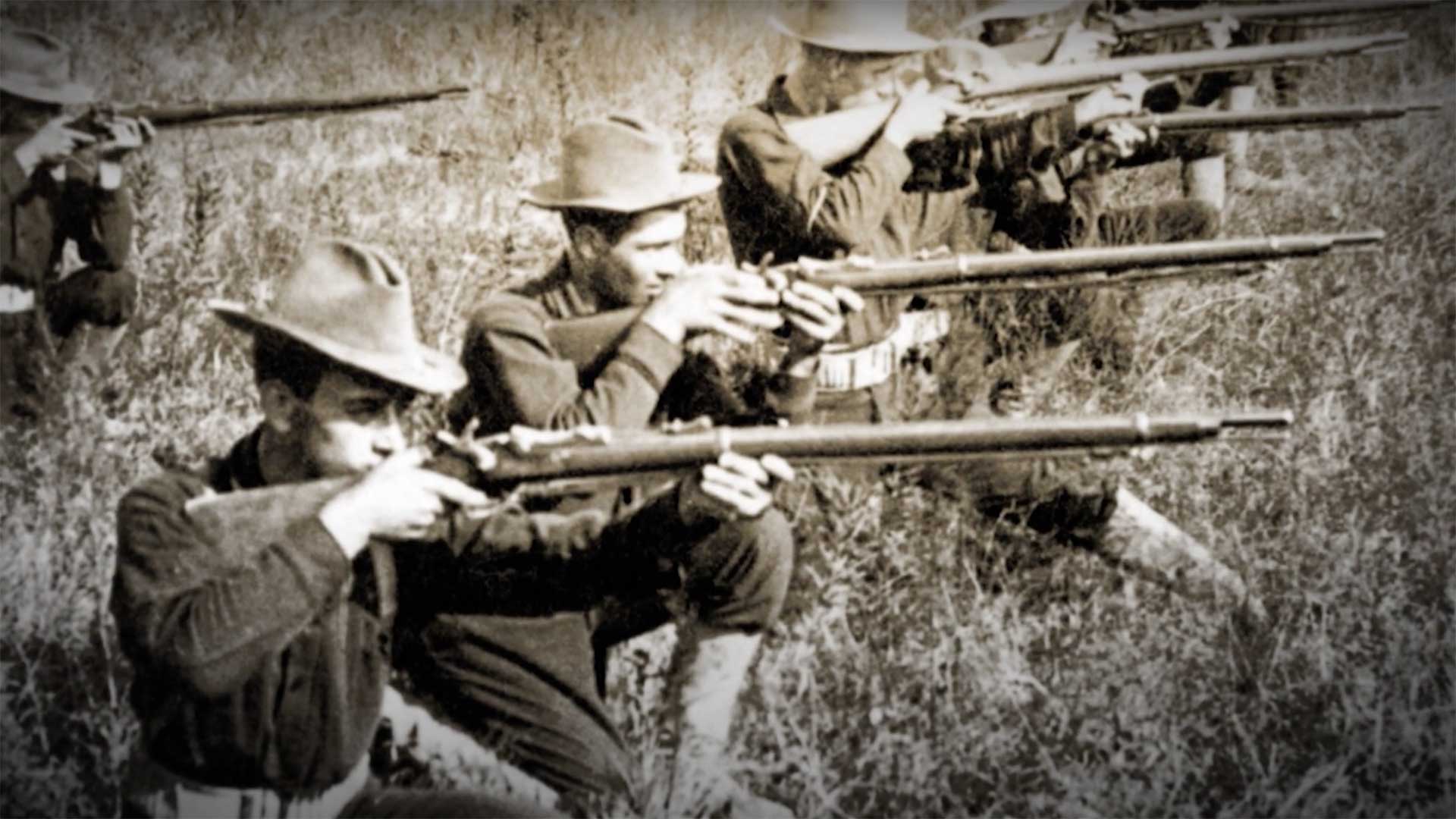


The Springfield completed in 1902 the design of the rifle and began the production on an industrial scale for the army in 1903, the same year from which it takes its name. Later it was learned that the same military leaders were able to put pressure against the Mauser to get information and projects, some of which will then be transferred in Springfield with a “royalties” paid to Mauser. The US military leaders wanted to run for cover by commissioning to Springfield a weapon that had similar characteristics and also better than the Mauser. The US army, however, was in serious trouble, facing an opponent with a “Mauser” of Spanish production, designed and built in 1893, that had two key advantages over the Krag-Jorgensen rifle: best ballistic characteristics in terms of accuracy on the useful shot and a greater loading speed of the weapon, a feature that allowed to have a much greater volume of fire. Today we speak about the Springfield 1903, starting with the steps that led to its design and manufacture, and to do this, we must go back to the year 1898 In that year the United States army was engaged in the “Spanish-American” war and had the Krag-Jorgensen rifle as weapon ordinance, with 30-40 caliber and ammunition produced by the same house, supplied since 1892. These rifles which, while being equipped, with their strengths and weaknesses, of an inferior technology compared to the latest generation of rifles, bought, over the years, an increasing appeal because they have been the protagonists of historical periods. Dear friends and readers, we continue today in our roundup of articles that leads us to become better know the rifles that have made the history of many battles and wars, in more or less distant times, and who have contributed in a decisive way to give precedence to some armies and peoples against others.


 0 kommentar(er)
0 kommentar(er)
